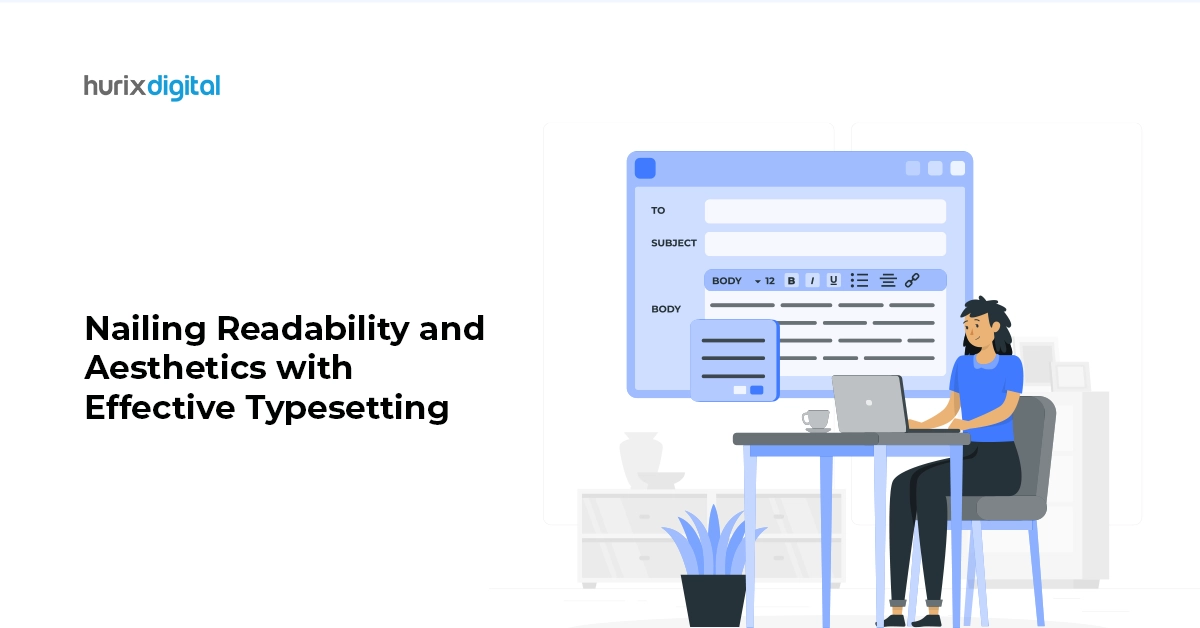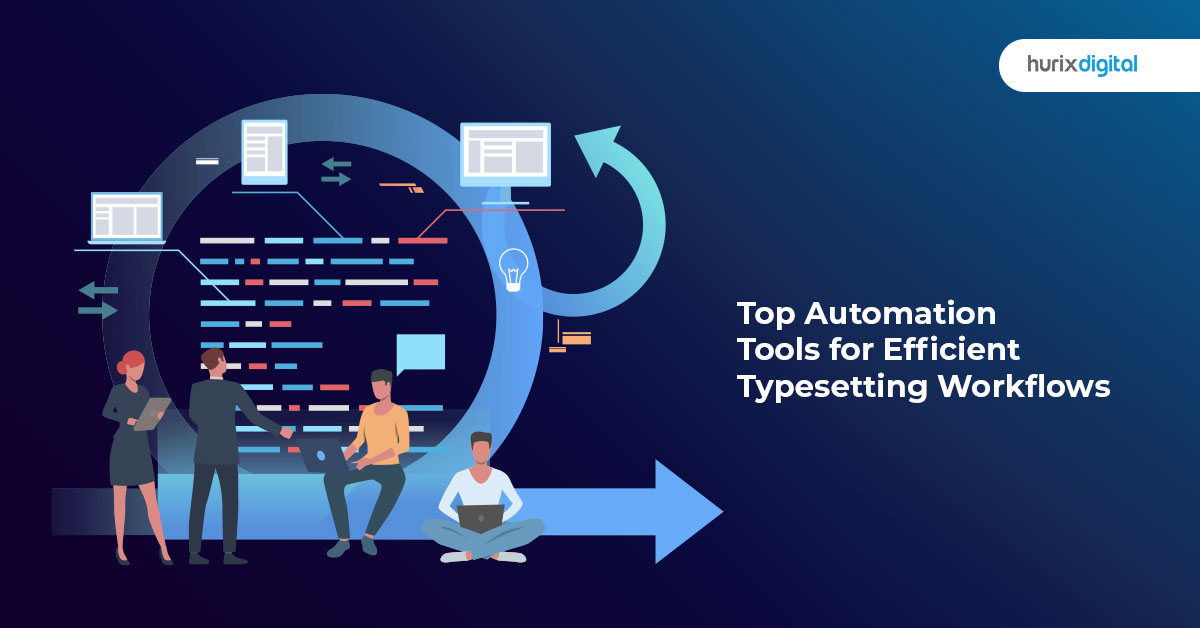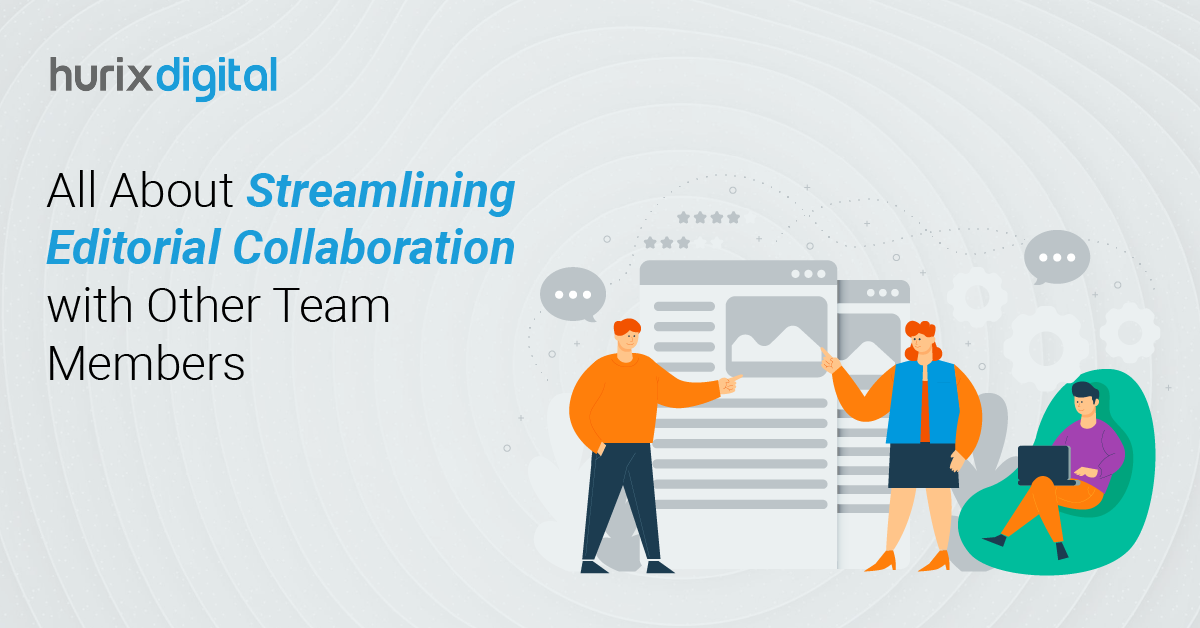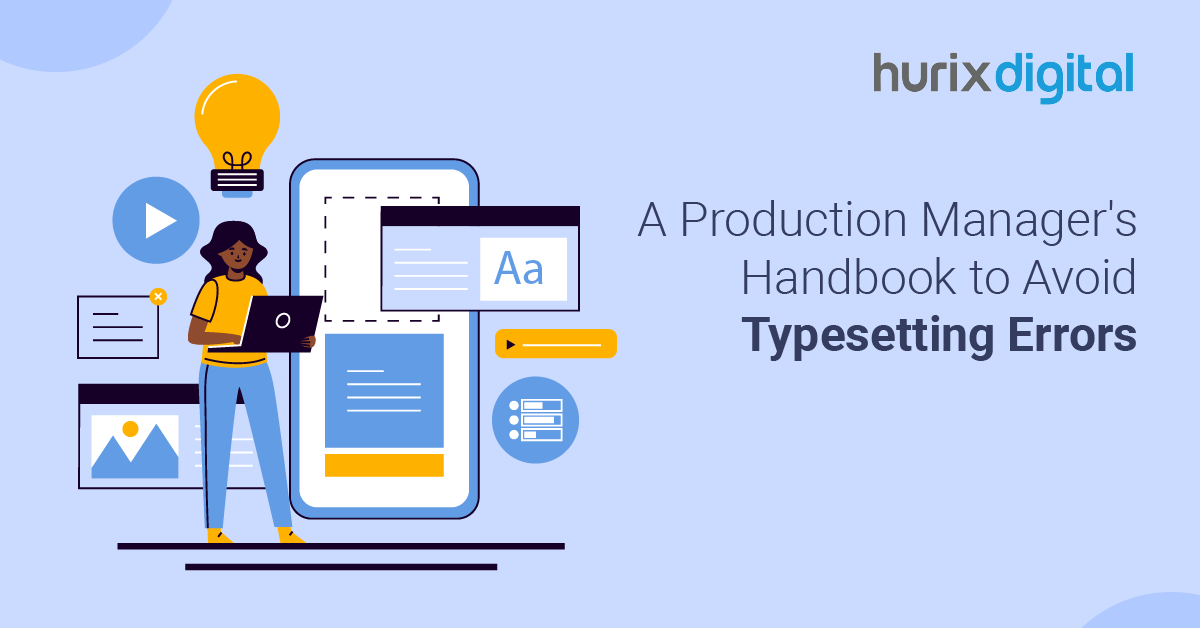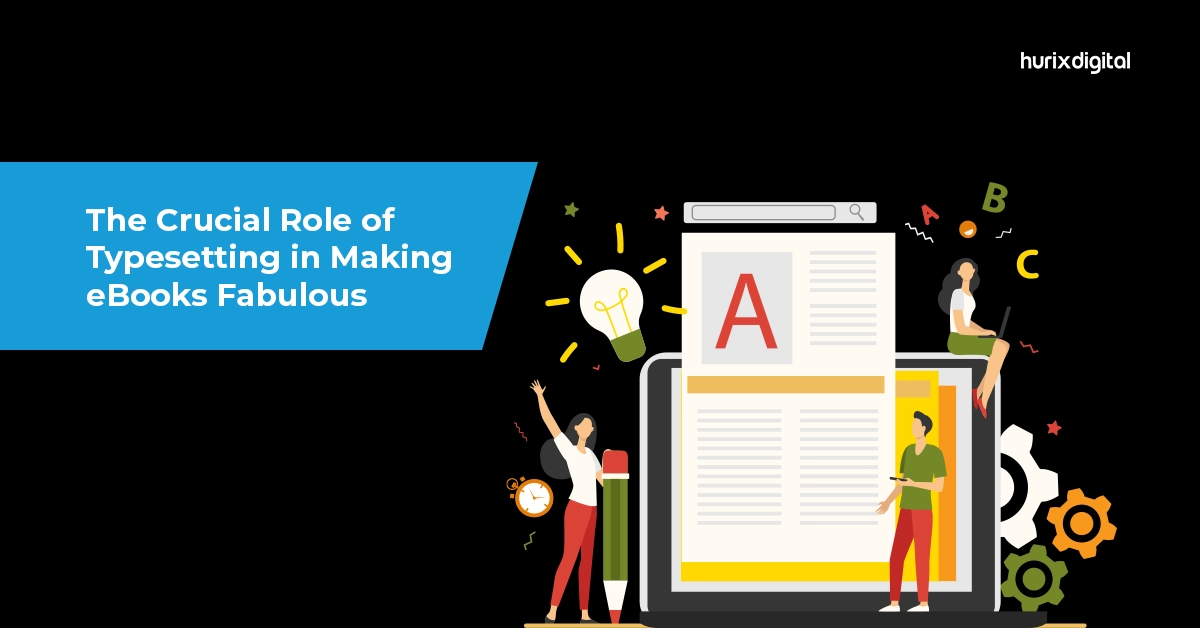
The Crucial Role of Typesetting in Making eBooks Fabulous
Since the dawn of the printing press, typesetting has been crucial in enhancing the readability of books and documents. It is vital in the publishing process because it ensures that the final product is easy to read and aesthetically pleasing, meeting the standards of modern publications or journals.
Although this was typically done manually, typesetting software and apps are now available to make this process easy and ideal for digital publications. To gain a deeper understanding of this topic, let’s dive into the world of book typesetting and learn how to typeset a book using one of these modern-day solutions.
Table of Contents
- Understanding Typesetting & Its Significance
- Elements of Typesetting
- Benefits of Typesetting
- Conclusion
Understanding Typesetting & Its Significance
If you are unfamiliar with the world of eBook publishing, you may have wondered – what is typesetting?
Typesetting, at its core, is the art and practice of arranging textual content in a visually appealing and readable manner. It involves the selection of fonts, font sizes, line spacing, margins, and other typographical elements to create a harmonious layout for printed materials or digital documents.
In today’s eBooks, typesetting is crucial as it helps make the document readable across multiple devices or apps. This requires a shift from the traditional typesetting process to include adaptable and digitally-enhanced publishing. Modern typesetting software is needed to ensure the end outcome is ideal for reading across multiple digital tools.
Elements of Typesetting
Typesetting typically involves not just selecting the right font or visual appeal but elements that focus on making the document legible. The key aspects of modern typesetting include:
1. Selection of Font & Font Size
Fonts are at the heart of typesetting. The most important element of typesetting is choosing fonts that suit the content and the brand and convey the desired tone. It includes considerations such as font size, style (bold, italics), and spacing (kerning and leading).
To choose the right font, you must consider how your book will be read. For example, for most eBooks, sans-serif fonts like Arial or Calibre work best. However, for print, Times New Roman or serif fonts are ideal.
2. Margins
Margins provide breathing space around the text. By having proper margin settings, the document can look much more aesthetic and improve readability.
3. Page Layout
Page layout involves arranging elements like headers, footers, and page numbers.
Standard book sizes are 5.5″ x 8.5″ or 6″ x 9”, which is also followed for digital documents. Page layout software like Adobe InDesign gives you precise control over these elements.
4. Spacing (Leading)
Leading refers to the vertical spacing between lines of text. Adjusting leading appropriately is essential for readability. It prevents lines from appearing cramped or too spaced out.
Aim for around 50-70 characters per line for optimal readability when typesetting a book or a page. You may adjust font size and page layout to achieve this balance.
5. Consistency in Style
Consistency is key, be it in design or typesetting. Ensure the document follows a style or brand guide and maintains uniformity in fonts, spacing, and layout throughout the publication.
6. Cross-Platform Considerations
In digital publishing, typesetting must also account for variations in how content appears on different devices and screen sizes, ensuring a consistent reading experience.
7. Multilingual Support
Since the audience for an eBook can be spread across geographical areas and regions, most eBooks offer multilingual capabilities and the use of unique symbols. Ensuring proper support for these characters is essential for global publications and makes reading and translating texts easy.
AI-powered typesetting software can make sure that these elements are incorporated, making it more intuitive and seamless.
Also Read: How Typesetting is Different From Typography
Benefits of Typesetting
Typesetting is ideal for both printed and digital content, but for eBooks, it can be a crucial step in making your end output look spectacular. Some of the key advantages of book typesetting include the following:
- Enhanced Readability: The overall readability is enhanced when a document is well-designed and effectively typeset. It makes the eBook look polished and inviting, with proper fonts, sizes, line spacing, and markings to ensure readers can easily navigate and read text.
- Polished Appearance: A well-typeset document exudes professionalism. This gives it a distinct flavor and a polished look. Using consistent fonts, styles, and layouts also helps improve the impression of your materials. This is crucial for any digital brand since first impressions on readers usually last.
- Provides Clear Visual Hierarchy: Typesetting allows for the creation of a visual hierarchy within the text. Important information can be emphasized by adjusting font styles, sizes, and spacing, guiding readers’ attention and understanding. This enables users to skim through the document, which is ideal in today’s world, where most readers have limited time to read large documents.
- Makes Documents Accessible: Proper typesetting practices take into account accessibility considerations. Readers with visual impairments or reading difficulties can easily consume the content by including well-structured text with appropriate fonts, spacing, and high color contrast. It also ensures that if the font needs to be increased for better readability, the document’s layout doesn’t get out of alignment.
- Reduced Eye Strain: Carefully typeset content reduces eye strain that can arise due to prolonged reading sessions. With appropriate line lengths and spacing, readers can have a comfortable reading experience in print or digital formats.
Also Read: Enhancing Design and Readability with AI-Powered Typesetting
Conclusion
A well-executed typesetting effort can enhance the visual appeal of your eBook and convey to your target audience the effort and professionalism that has gone into the process. It contributes to brand identity and fosters a sense of trust in the reader’s mind, setting you apart from other publications.
Most publications work with typesetting service providers to ensure this is done perfectly and create efficient typesetting workflows. If you are looking for a digital partner to transform your typesetting processes, Hurix Digital is geared to support you in meeting all your publishing needs. With a state-of-the-art AI-enabled publishing platform, you get the best of technology coupled with the attention of human experts.
Get in touch with us to start a conversation.

Vice President – Digital Content Transformation. He is PMP, CSM, and CPACC certified and has 20+ years of experience in Project Management, Delivery Management, and managing the Offshore Development Centre (ODC).
